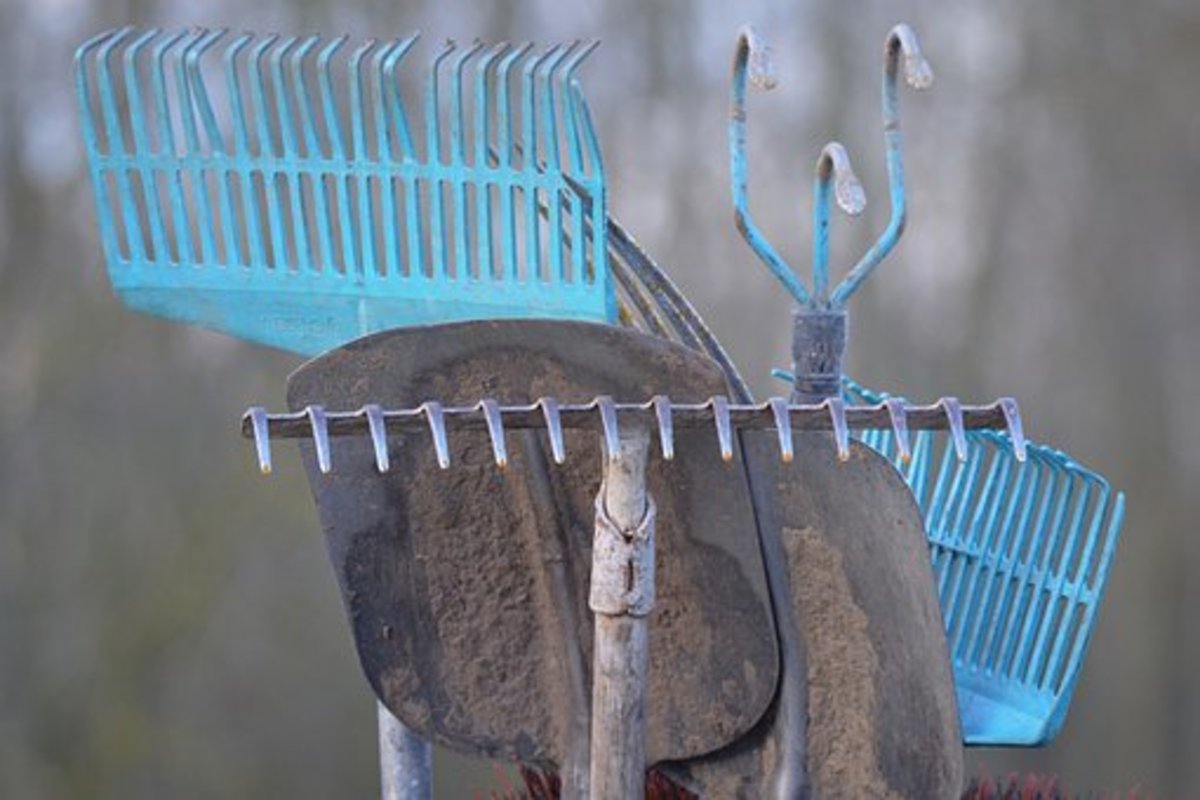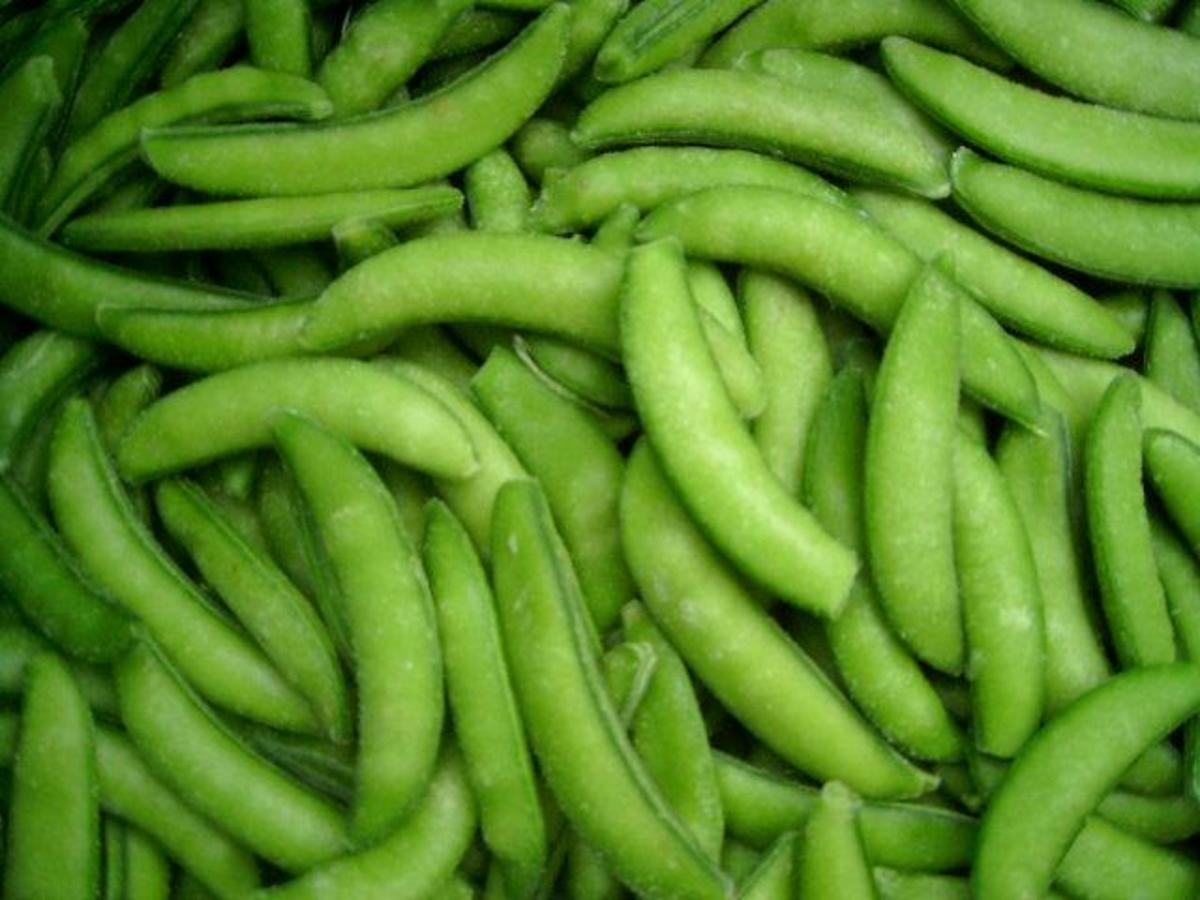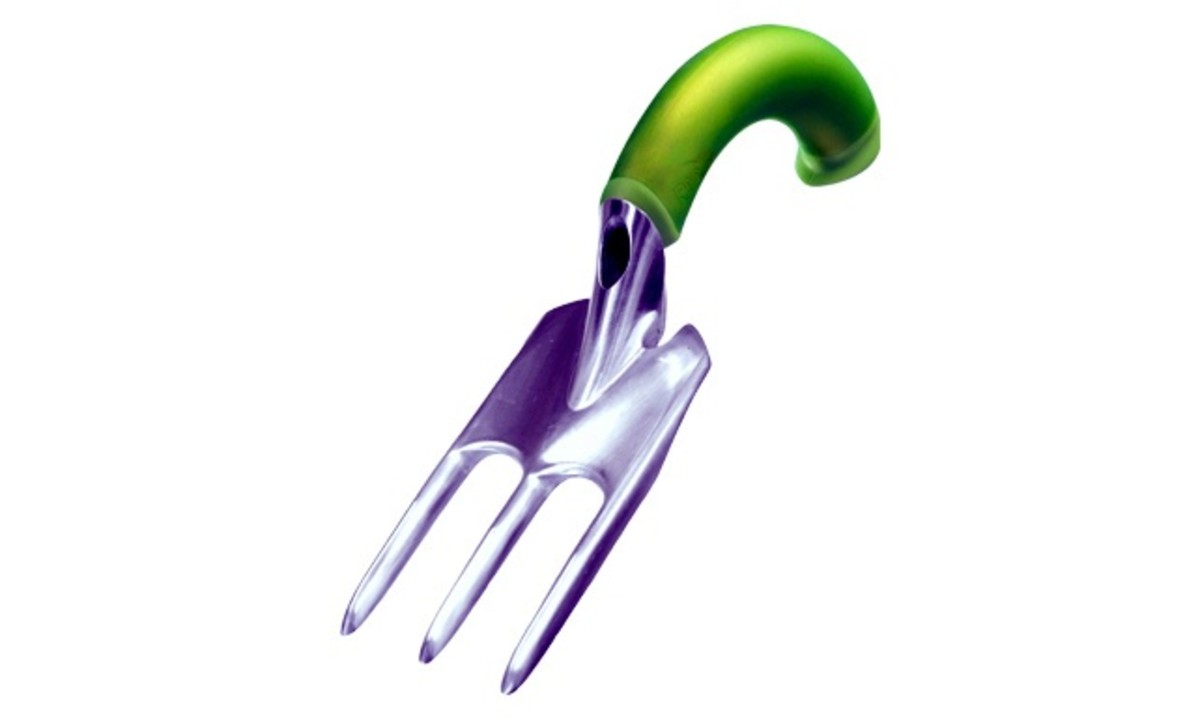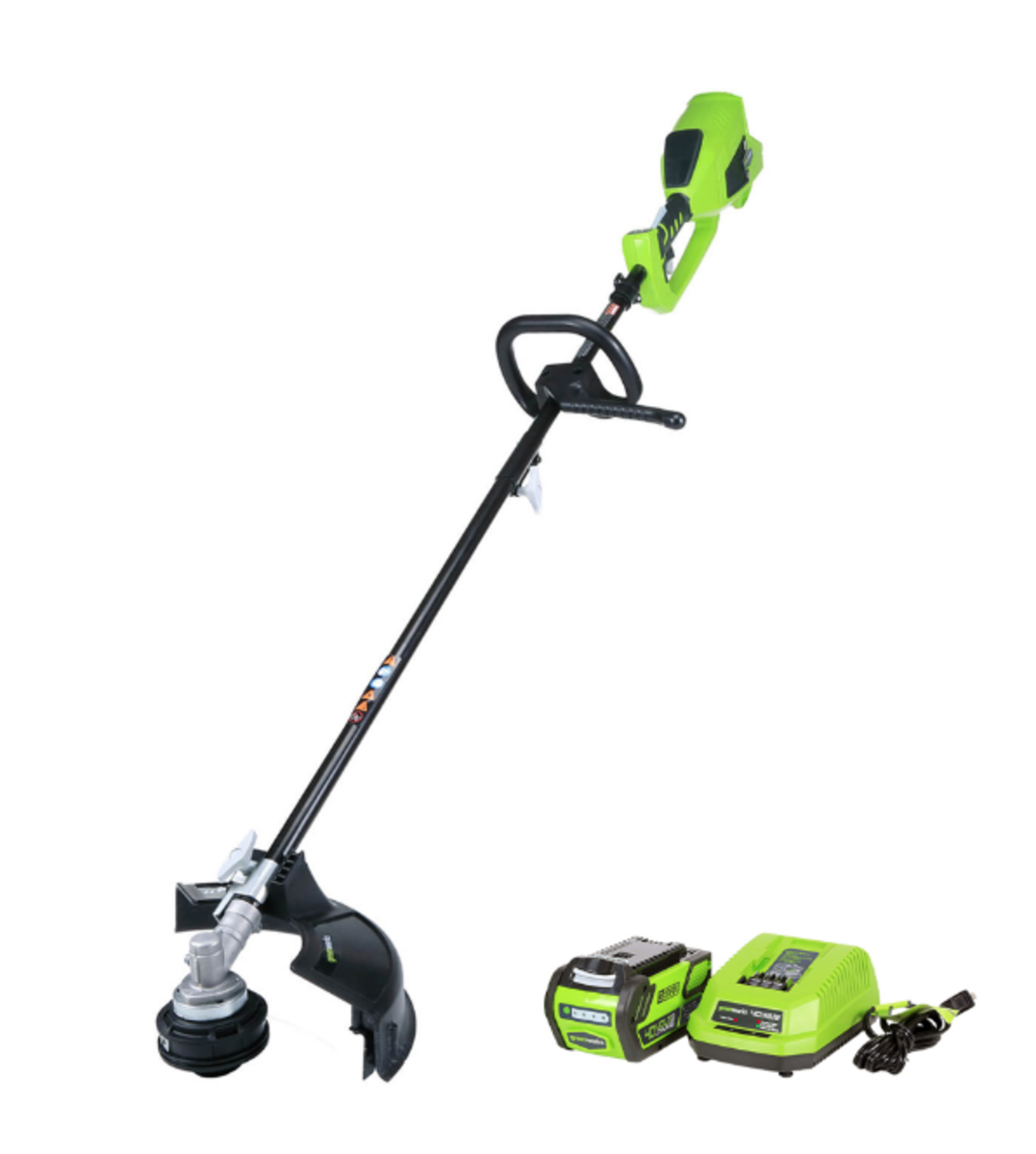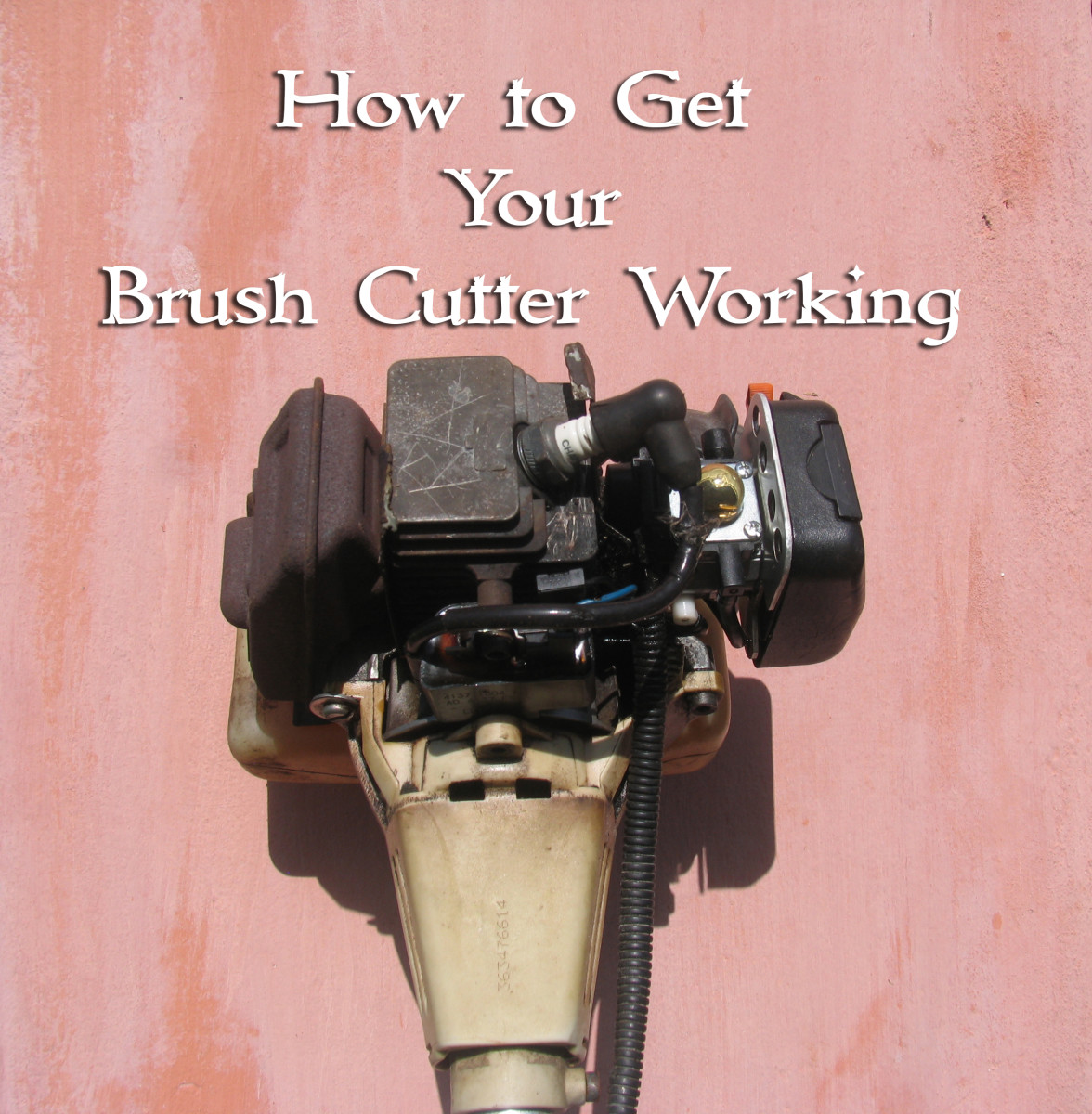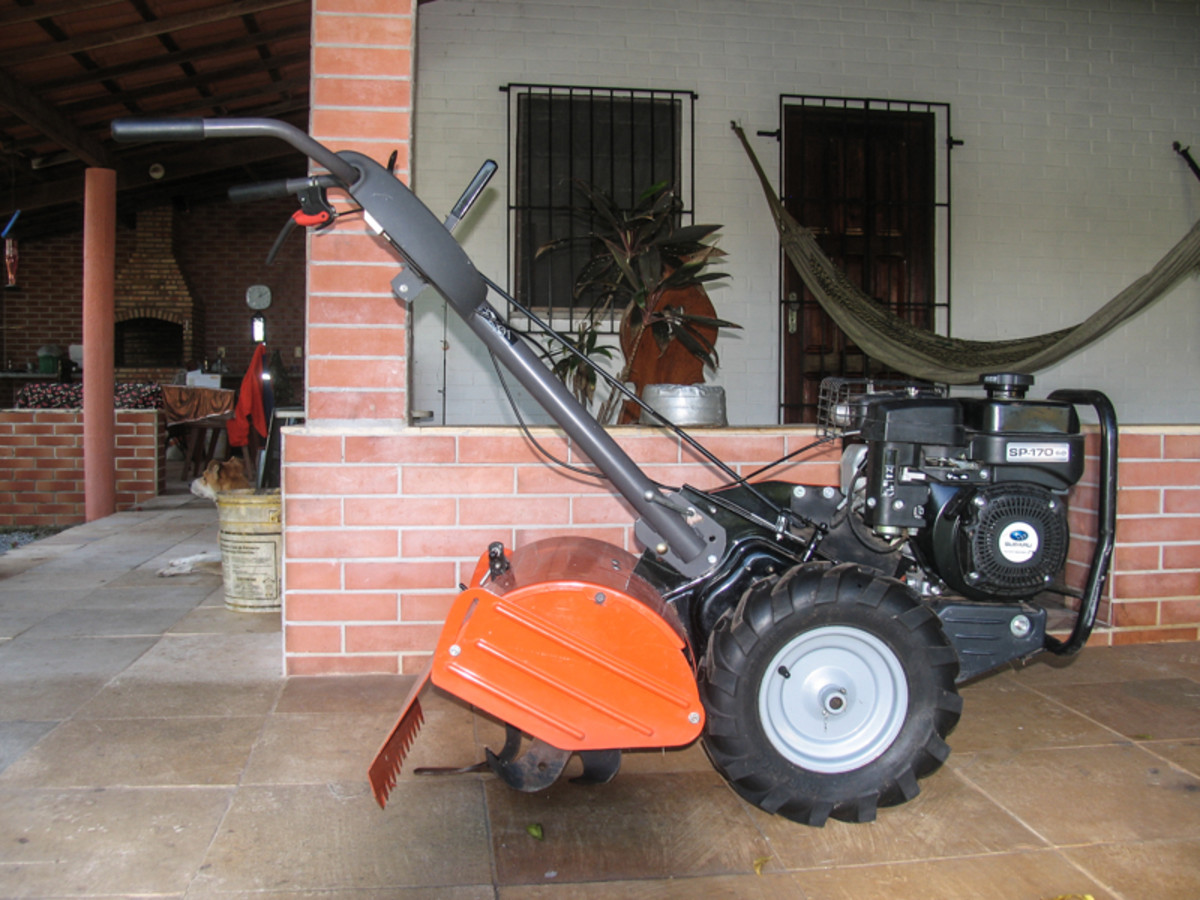Gardening 101-Tools
Some useful Wolf Garten hand tools.
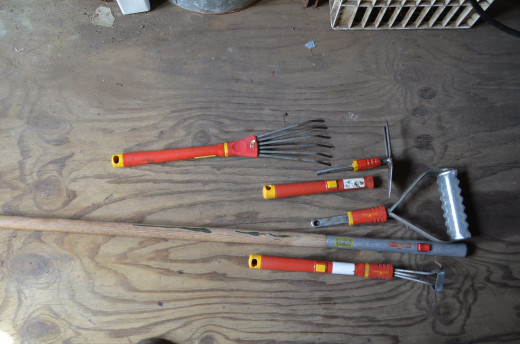
Basic tools
Every gardener knows that you need a trowel and a shovel and a rake, but if you want to be an efficient gardener and not spend money on unnecessary items, here are some suggestions. I use a 5-gallon bucket for toting around most of my tools and have just purchased a cover for it with multiple outside pockets. Another bucket usually goes with me for weeds and debris. Plastic tarps are extremely useful and a very good investment. You can use an old bed sheet, but the tarps with grommets at the corners last for a long time.
- I use a hand hoe more than a trowel. I have 2 of these. One is a short little hoe with a triangular blade; the other is more of an elongated trowel with a sharp point. The blade somewhat resembles a leaf. The triangular blade is excellent for getting into tight spaces around plants to decapitate weeds, to scrape areas quickly, and to chop out shallow roots. The elongated hand hoe is super for digging holes in heavy or stony soil, as it is stronger than the average trowel. My giant hoe is reserved for the vegetable garden, but I also use something called a 'hula' hoe that is extremely efficient. The blade, which is 2-sided, is shaped like a stirrup and you push it back and forth.
- One of the best weeders we have ever found is a simple serrated-edge kitchen knife. I buy them at the Dollar Tree or pick them up at Goodwill for $.50. We have them all over the garden, stuck in pots or in a bucket with the other hand tools. They are easy to lose, but you could use bright tape on the handles. My other favorite is a tool with a v-shaped blade at the end of a 10-12" shaft, which I keep sharp.
- I have nicknamed my favorite shovel the 'troubleshooter'. This is an approximately 4 foot long shovel with a D-shaped handle and a very long narrow blade. I use it for everything except for planting large shrubs or moving soil or mulch.
- High quality hand pruners are worth the expense. Felco pruners last a long time, have replacement parts and holsters available, have designs for right or left-handed gardeners, and have a variety of types for light or heavy pruning. Corona is another excellent brand that I own.
- In addition to several types of pruners, including Wilkinson Sword snips, I own several pairs of very light snips for cutting flowers and I keep them in several locations, including the car. Inexpensive scissors or a good pen knife are a must for cutting twine, opening fertilizer and other types of bags, and cutting open plastic pots that won't come off the plant because the roots have grown out of the bottom.
- I have gone through a LOT of hedge clippers, manual and electric. I don't use very many gas tools because I have so much trouble getting them started. In the heat of the South, electric hedge clippers tend to burn the boxwoods and don't cut as cleanly as I would like. The electric ones work really well, however, on tough vines covering walls. I sometimes resort to using a string trimmer on fig vine (ficus pumilla) which covers our garden walls and is tough stuff. At the moment I am using Stihl manual hedge clippers that I can keep sharp and clean.
- I think we have 4 light, inexpensive electric string trimmers, 2 at home and 2 at our vacation property. We use them often and save money by winding the spools ourselves with line we buy in bulk. Our vacation home is in a rural area and my husband has been using the same Stihl gas trimmer that has blades in addition to heavy trimmer line for over 5 years. It does need to be serviced from time to time.
- We have 2 gas-powered mowers and I have a little battery-powered Neuton. I like the Neuton, but it is not at all powerful and I have encountered several problems. The grass was sticking to the frame all around the blades and one of the company reps recommended that I clean the housing really well, then coat it with car wax to help stop the clogging. Works fairly well so far. I still cannot find a tiny little mower that I can easily haul up and down my vegetable garden terraces, so I use the weed-eater in these areas.
- I like a small electric blower that's handy for paths and patios, porches and stairs because I can handle it, unlike the noisy backpack blower our son uses.
- We ordered 2 garden carts called 'Smart Carts' and love them. They have heavy plastic removable barrows on an aluminum frame with huge bicycle-type wheels. These are the best wheel barrow/carts we have used in over 40 years of gardening and we have only had to change the tires a couple of times.
- I have tried collapsible rakes and everything from plastic to bamboo-tined rakes. Right now I rely on the old-fashioned metal-tined rakes, both wide and very narrow. I use a short hand rake with metal tines that comes in handy when I am on my knees in the flowerbeds. We also own a very heavy soil or gravel rake.
- I always have a kneeling pad close by and have given lots away, along with gloves and seeds, as gifts to gardeners. You can get them for $1 at Dollar Tree or Target, but a triple-thick expensive one will last for years and years. Old cushions work just as well, but get grungy when wet.
- Many of these tools can be purchased at moving or yard sales. I have gotten excellent tools at Habitat for Humanity, thrift, and Goodwill stores. Just make sure they are in good working order. One prize I found at a Habitat store was a lady-sized pickaxe. I bought a new handle for it and use it comfortably and frequently when breaking up soil.
- Speaking of good working order, I enjoy sharpening and cleaning tools. I have a basket with oil, rags, sandpaper, a sanding block, several files, and locking pliers that I keep with the other garden supplies. Some gardeners prefer whetstones or other types of sharpeners. Clippers are such a pleasure to use when they are sharp and not sticky with sap or resin, and hoes work much better with a razor-sharp edge. My husband uses a grinder on the large tools.
- We have some nasty diseases in the boxwood shrubs and in our Italian cypress trees, so I keep a mild bleach solution in a spray bottle for disinfecting pruners. This solution can also be used to spritz the inside of pots.
- Last but not least, gloves and eye protection are a must. Gloves help protect your hands not only from sun exposure, dirt, and injury, but also from soil-borne infections. If you have cats in the yard, you'll wear gloves. Eye protection is so very, very important not just when using equipment such as trimmers and mowers, but also when clipping thorny plants or plants that can cause allergic reactions. I break out if the sap of fig trees gets on my skin...I certainly don't want to get it in my eyes.


